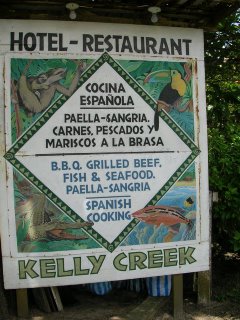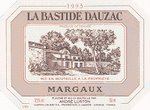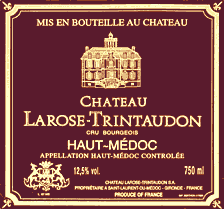
Like many wine lovers, I loved the movie, Sideways. It was one of those films where I really felt the script was the star, but there was an inconsistency that I thought was a mistake.
People will a remember what was perhaps the most memorable line of the movies, "If anyone orders Merlot, I’m leaving. I am not drinking any f***ing Merlot."
Wine lovers who saw the film will also remember that Miles had a treasure in his collection of wine -- a bottle of 1961 Cheval Blanc that he wound up drinking in a fast food restaurant out of a paper cup. It was quite a nice touch that someone with roots in California would turn to the old world for his favorite wine. But Cheval Blanc is a blend of Cabernet Franc and Merlot. Wouldn't it have been better if Miles had been sitting on an old Burgundy? Or was this a deliberate and clever irony?
What do you think Miles should have been drinking?
Chateau Cheval Blanc is arguably one of the best and most expensive wines in Bordeaux, and 1961 is regarded as one of the best years of the 20th century. Robert Parker gave it a score of 93, and gave the wine this comment:
"I have consistently mistaken this wine for a great Graves in tastings where it has appeared. Opaque dark ruby/garnet with a rust-colored edge, this wine has a big, full-blown bouquet of burnt tobacco, and earthy,gravelly scents. On the palate,it is sweet, ripe, full-bodied, extremely soft and supple, and clearly at its apogee. I have noticed above-normal bottle variation with the 1961 Cheval Blanc, but the best bottles of this wine are marvelously rich, lush wines. Anticipated maturity Now - 1997. "
It is also interesting that this film influenced the sale of wine. Merlot went down, and sales of Pinot Noir, which Miles loved, went up. When Merlot is good, I love it, but I must admit I sort of agree with Miles. Drinking Merlot at the lower end of the market is frequently disappointing. A notable exception and a delicious and cheap Merlot is Columbia Crest's Grand Estates Merlot. I bought a case of the 2000, and it is priced at only around $10 a bottle.
I regret that I have never had any year of Cheval Blanc.
This blog continues on http://www.louisandlouisa.com
This blog continues on http://www.louisandlouisa.com


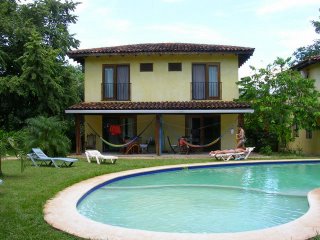
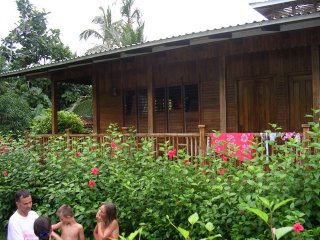 I used to live in Spain and often yearn for one of the delicious paellas that I used to enjoy there. Funnily enough, I recently found a perfect paella not in Spain, but in Cahuita, a beautiful little town on the Caribbean side of Costa Rica. The place is called
I used to live in Spain and often yearn for one of the delicious paellas that I used to enjoy there. Funnily enough, I recently found a perfect paella not in Spain, but in Cahuita, a beautiful little town on the Caribbean side of Costa Rica. The place is called 